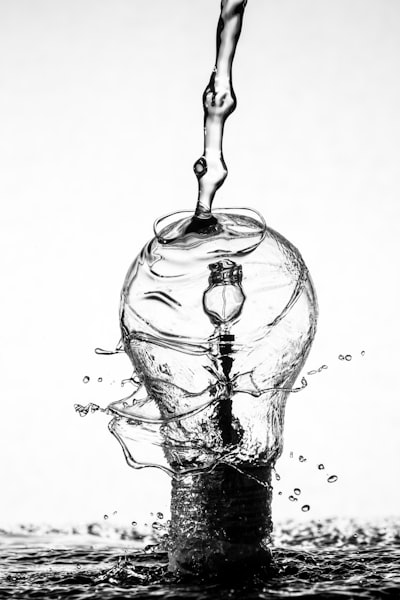
EU Proposal to Classify Nuclear-Produced Hydrogen as ‚Green‘ Sparks Controversy
The European Union is proposing to classify hydrogen produced with nuclear energy as „green“ under certain conditions. This proposal has been met with criticism from anti-nuclear organizations, who argue that this will hinder the transition to renewable energy and increase nuclear risks. The EU Parliament and Member States have two months to review the proposal, although it is unlikely to be rejected. This could lead to further tension between Germany and France, who are at odds over the use of „green“ or „red“ hydrogen in their planned pipeline project.
The Benefits of Green Hydrogen
Green hydrogen is a renewable energy source created by splitting water molecules into hydrogen and oxygen using renewable sources such as solar, wind, or hydroelectric power. This process, known as electrolysis, produces zero emissions and provides an alternative to traditional fossil fuels. The use of green hydrogen can help reduce our dependence on fossil fuels and provide a clean energy solution for the future. Additionally, green hydrogen can be used in many different applications such as transportation, power generation, and industrial processes. With its potential to reduce greenhouse gas emissions and provide a sustainable energy source, green hydrogen has the potential to revolutionize the way we power our lives.You might also like this article: Overview of the most important AgTech investors in the world. Picture source: Sharon Pittaway